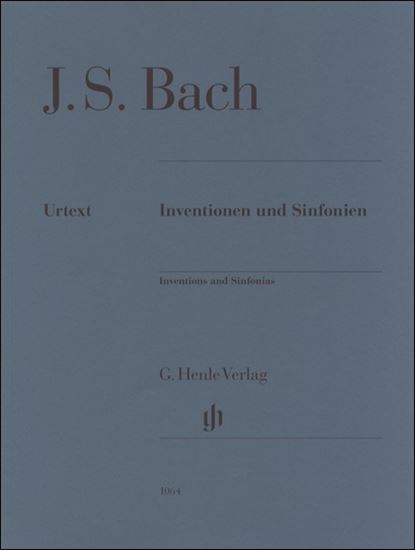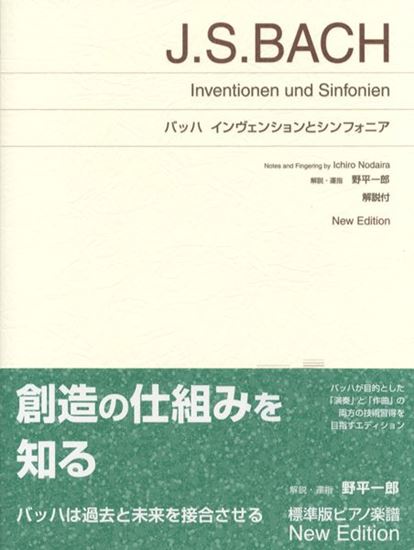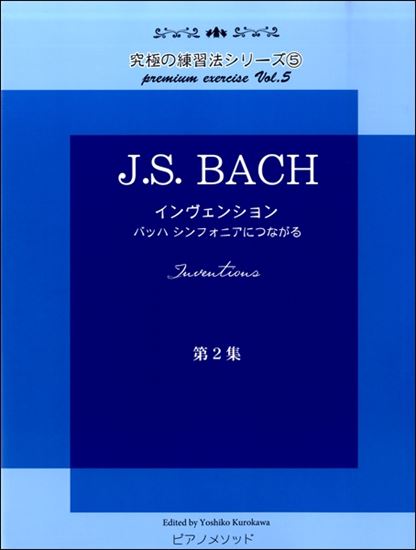Bach, Johann Sebastian : Invention Nr.5 Es-Dur BWV 776
Work Overview
Genre:pieces
Total Playing Time:1 min 30 sec
Copyright:Public Domain
Commentary (3)
Author : Takamatsu, Yusuke
Last Updated: September 18, 2020
[Open]
Author : Takamatsu, Yusuke
E-flat major, 4/4 time.
This piece is written in a fugal style and consists of three subject expositions.
At the very beginning, the upper voice presents a four-measure subject, followed by the lower voice responding in the dominant key in the subsequent four measures (First Exposition). After an intervening three-measure interlude, which consists of a sequential progression of the opening motive, the subject is presented from measure 12 in C minor and F minor (Second Exposition). Following another three-measure interlude and a presentation (in the subdominant) and response (in the tonic) of only the opening motive of the subject, the subject returns in the tonic from measure 27 (Third Exposition), concluding the piece.
Author : Hayashikawa, Takashi
Last Updated: March 15, 2018
[Open]
Author : Hayashikawa, Takashi
The theme appears only in its original form, and only the motif from the first measure is used in the divertimento section. Although detailed descriptions have been omitted, the counter-melody moving in sixteenth notes almost always employs one of the motifs d (lower voice, measure 1, beats 3-4), e (lower voice, measure 2, beats 1-2), or f (lower voice, measure 2, beats 3-4). In the recapitulation of the theme in the coda, motif b is repeated a fourth higher, introducing a variation.
Score example provided by: Bärenreiter Verlag
Author : Ooi, Kazurou
Last Updated: March 12, 2018
[Open]
Author : Ooi, Kazurou
No. 5 in E-flat Major
Bach's E-flat major is an elegant and powerful key. The author recalls a period when they listened to recordings of this No. 5 that were quite subdued and slow. Whether lively or slow, the interpretation is free. However, it is important to understand the form.
To explain the theme simply, it begins in the right hand from measure 1 and continues until measure 4. Strictly speaking, it continues until the first right-hand note, D, in measure 5, but it may be easier to consider it in 4-measure units. In this 4-measure theme, since the notes in measure 2 are higher than in measure 1, the tension moves towards measure 2. And the tension further increases in measures 3 and 4.
Incidentally, the goal of the phrase in measure 1 is G on the third beat. Therefore, although the subsequent A-flat is higher than G, A-flat is a resolving note, so it is advisable to emphasize G (the third beat). Measure 2 follows the exact same manner, but with a slight increase in volume compared to measure 1. Measures 3-4 should be considered as one phrase spanning two measures, with the goal on F on the fourth beat of measure 4.
From measure 5, the left hand plays the same theme in B-flat major. The manner is entirely the same as in measures 1-4. Measures 9-11 form a sequence. Fragments of the theme appear measure by measure and ascend, so a crescendo would be appropriate.
From measure 12, the theme is played by the left hand in C minor. In measure 16, the theme shifts to the right hand and is played in F minor. Measures 20-23 constitute the second sequence. Fragments of the theme appear in the left hand. In this case, since the notes descend, a diminuendo would also be appropriate. Considering measures 23-24 as one unit and measures 25-26 as another, these are also regarded as a sequence.
In measure 27, the piece finally returns to E-flat major, and the theme, including an extra measure at measure 30, continues until the end.
The form is, I believe, very clear. Performers should imbue the theme with different colors as it appears in each key, avoiding playing it in the exact same way. Unlike other inventions, this invention does not have a single point where it reaches its absolute peak. This makes variations in dynamics and tone quality all the more essential.
Another point of caution concerns the treatment of the first note of the first beat in each measure. Almost all first notes of each measure should be considered p or pp, and should never be accented. This is because, in many cases, they are the final notes of a phrase.
PTNA & Partner Channel Videos(7items)
Sheet MusicView More
Scores List (35)

カワイ出版

(株)ヤマハミュージックエンタテインメントホールディングス
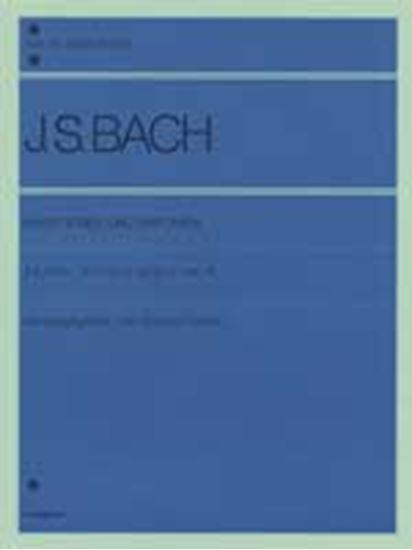
(株)全音楽譜出版社
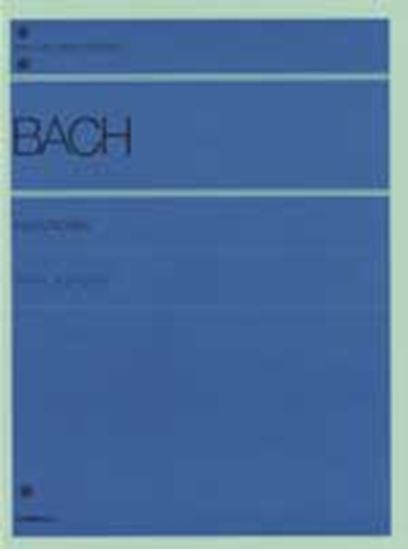
(株)全音楽譜出版社

(株)ドレミ楽譜出版社

(株)音楽之友社

(株)全音楽譜出版社

(株)音楽之友社

(株)音楽之友社

(株)ドレミ楽譜出版社

(株)ドレミ楽譜出版社

(株)ドレミ楽譜出版社

(株)ドレミ楽譜出版社

カワイ出版

(株)渓水社

(株)音楽之友社

(株)全音楽譜出版社

(株)エー・ティ・エヌ

(株)全音楽譜出版社

カワイ出版

(株)音楽之友社

(株)音楽之友社

(株)ヤマハミュージックエンタテインメントホールディングス

Neil A. Kjos Music Company










